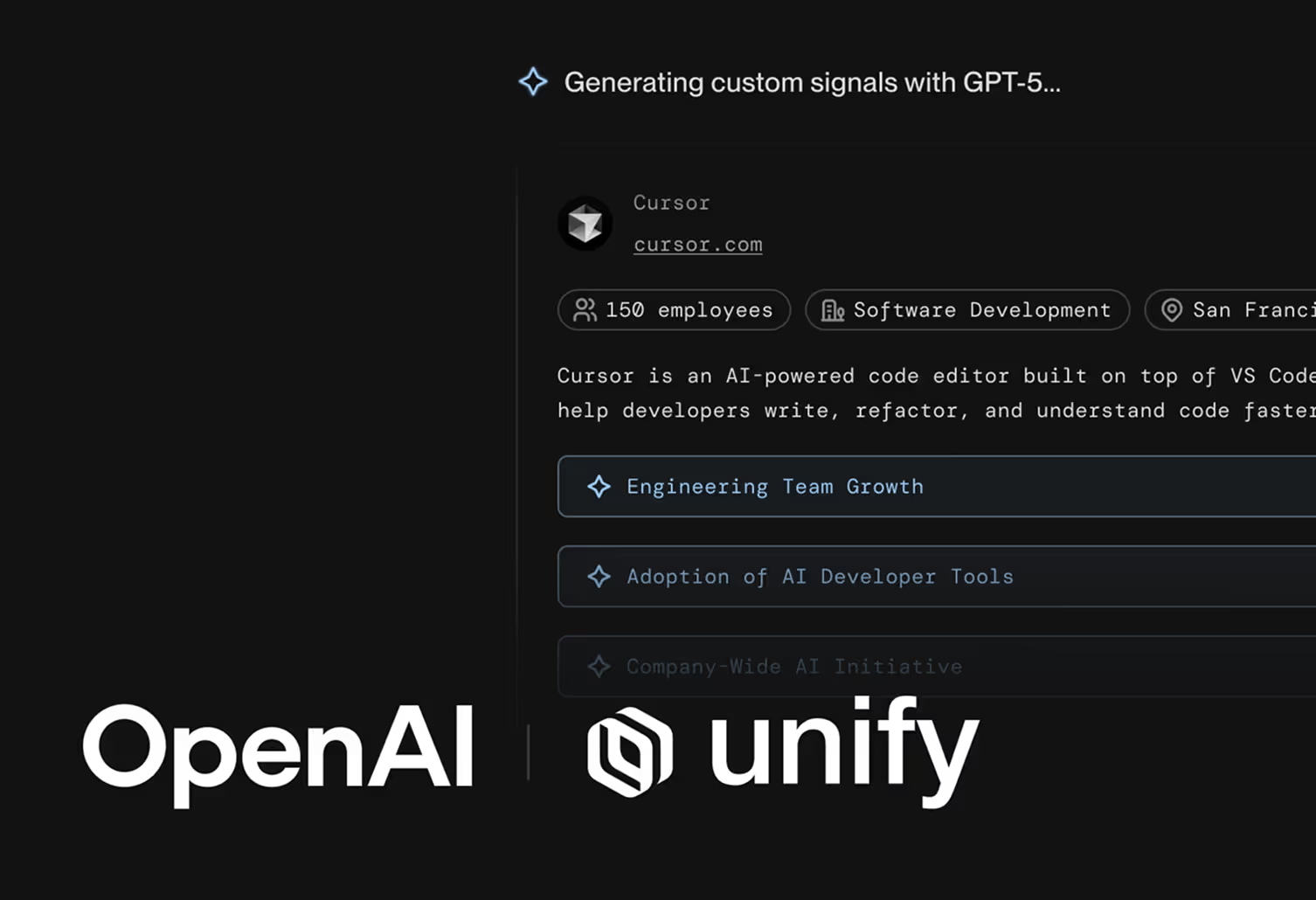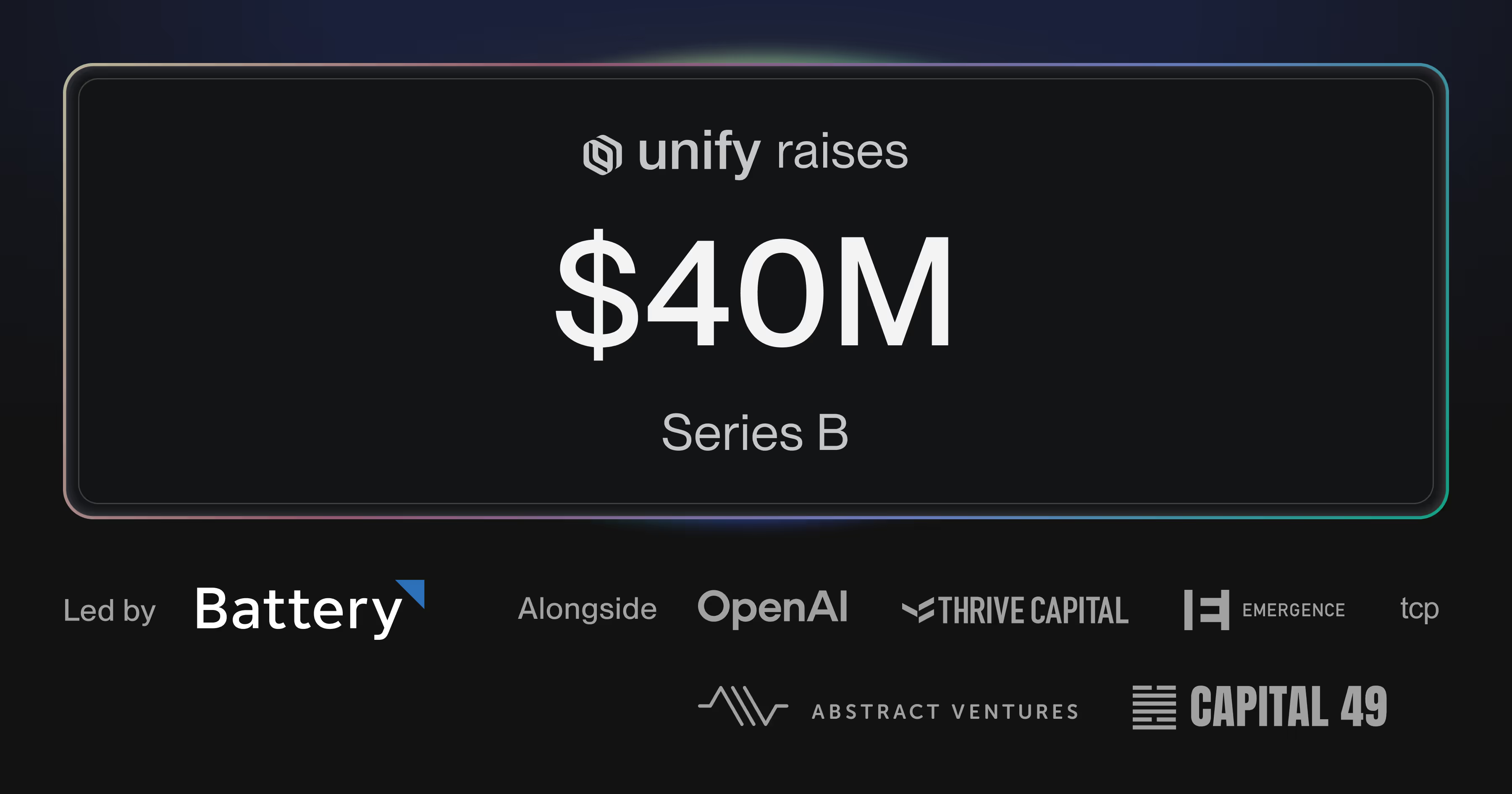Introducing Unify for PLG with Product Usage Signals

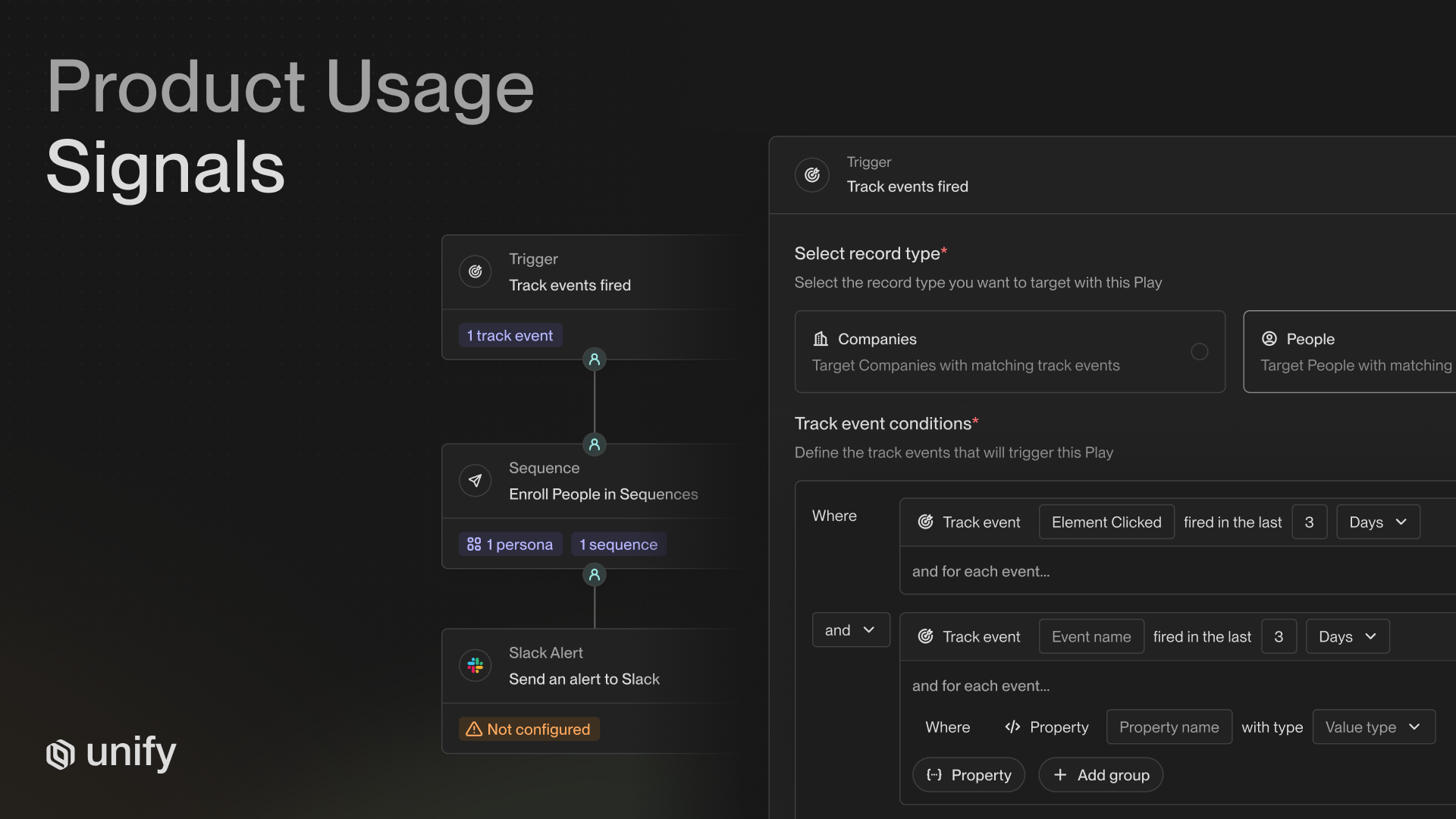
Why PLG Needs a New GTM Playbook
Product-led growth (PLG) has created breakout companies with massive adoption and a wealth of signals, with AI-native companies raising the bar even higher. But today's growth landscape has evolved.
The challenge isn't data scarcity, it's the inability to connect, prioritize, and action at scale. Too often, revenue teams enter late when inbound demand slows which leaves high quality accounts overlooked, intent falling through the cracks, and enterprise revenue failing to catch up.
This approach isn't sustainable. To build lasting enterprise revenue, PLG companies need a system that converts signals into actionable growth.
Unify Is The System of Action for PLG Teams
Unify is setting the new standard for PLG; bringing every growth signal across web, product, CRM, and third-party sources into one connected system.
This allows PLG teams to get a complete picture of intent, and act on it instantly. Leading PLG companies like Perplexity and Cursor are flocking to Unify to turn intent data into millions in revenue.
Introducing Product Usage Signals
Unify has long supported PLG companies in their pursuit of getting a holistic picture of their customers’ web and product intent, mainly through through page views and identity (logins, signup) events. Today we are expanding that foundation with by launching Track Events into beta, completing the core set of Product Usage Signals.
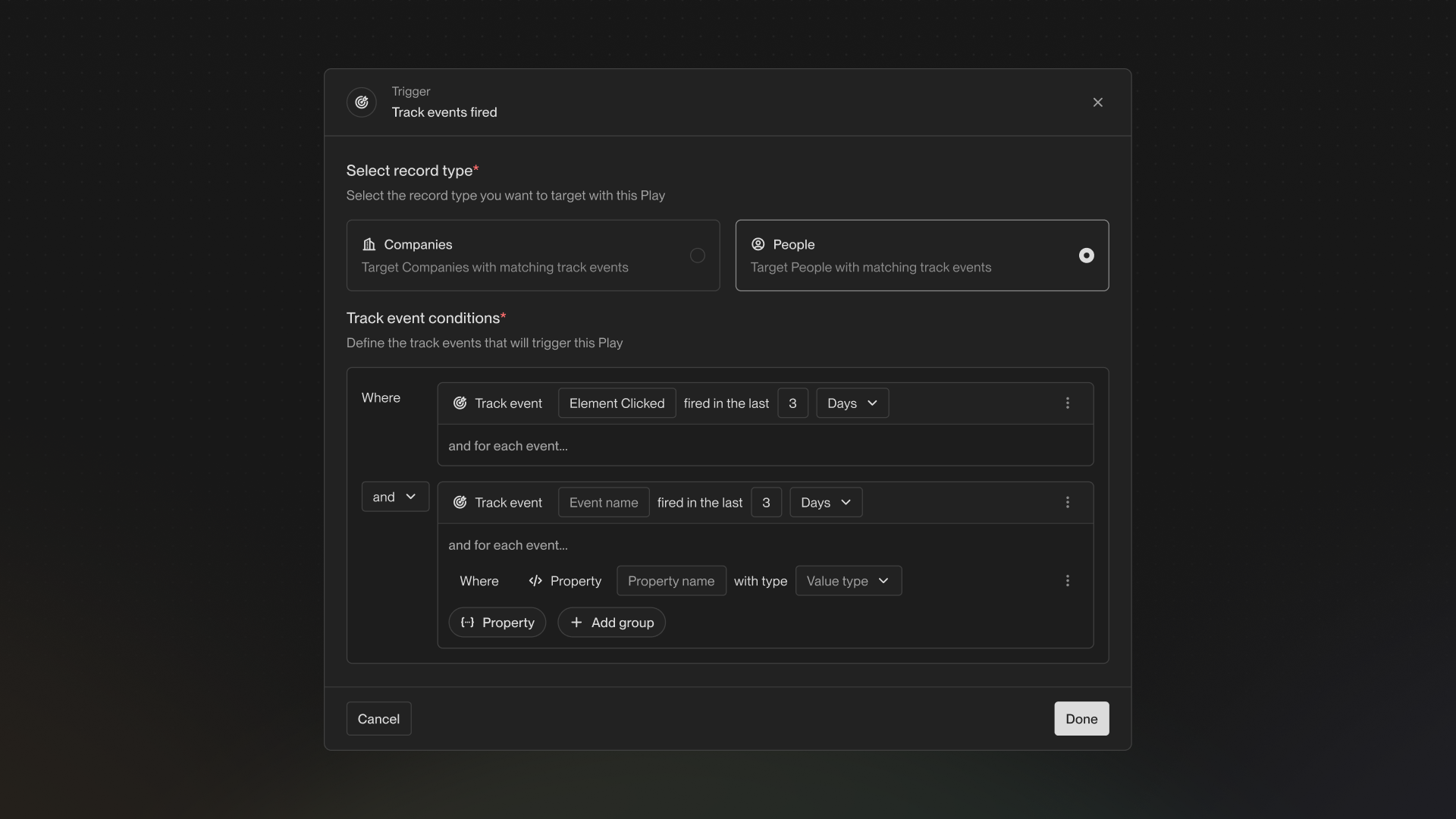
Track Events are behavioral signals that allow you to capture customer actions in your website or product and then take action on those events Unify in real-time. Some common examples of events you can track are:
- Inbound form fills on your marketing site
- Button clicks and feature usage within your app
- Pricing calculator interactions that reveal buying intent
- Paywall and gated content events that signal upgrade readiness
- Logins, signups, and usage milestones that define user journeys
- Custom product actions such as payments, feature gates, or organizational growth
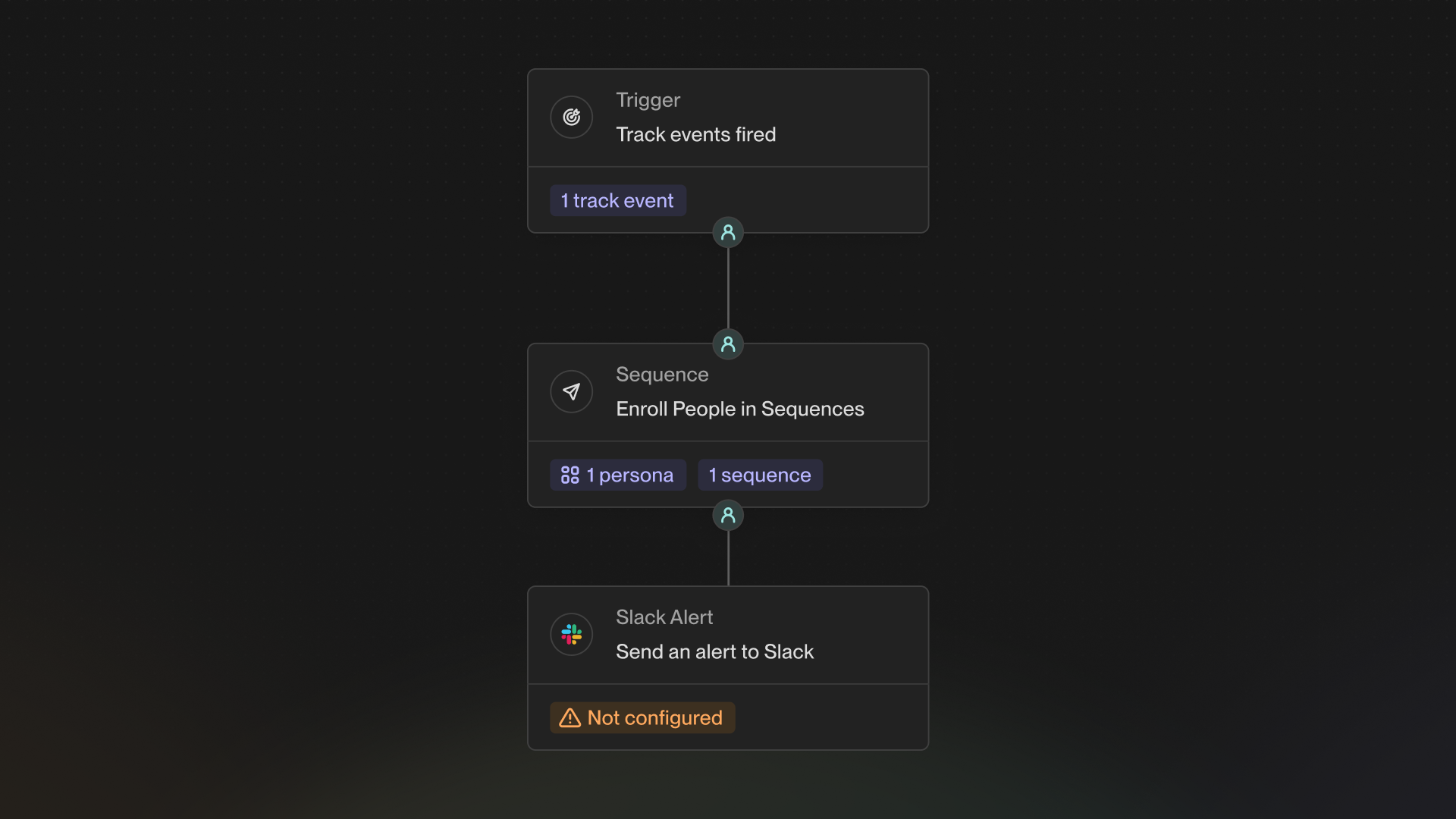
Track Events can be sent directly into Unify via our Intent Client, by connecting CDPs like Segment, PostHog, or Hightouch. This data flows into Unify, where they enrich activity feeds, trigger Plays, and prioritize outbound, all in real-time.
Product Usage Signals in Action
There are many ways that Product Usage signals from Unify can be used to run outbound plays. Here’s a few examples:
- Upsell at usage limits: When free users hit feature caps or usage thresholds, Plays can launch upsell outreach instantly. For example, Loom could outbound to freemium users the moment they max out usage to convert to a paid plan.
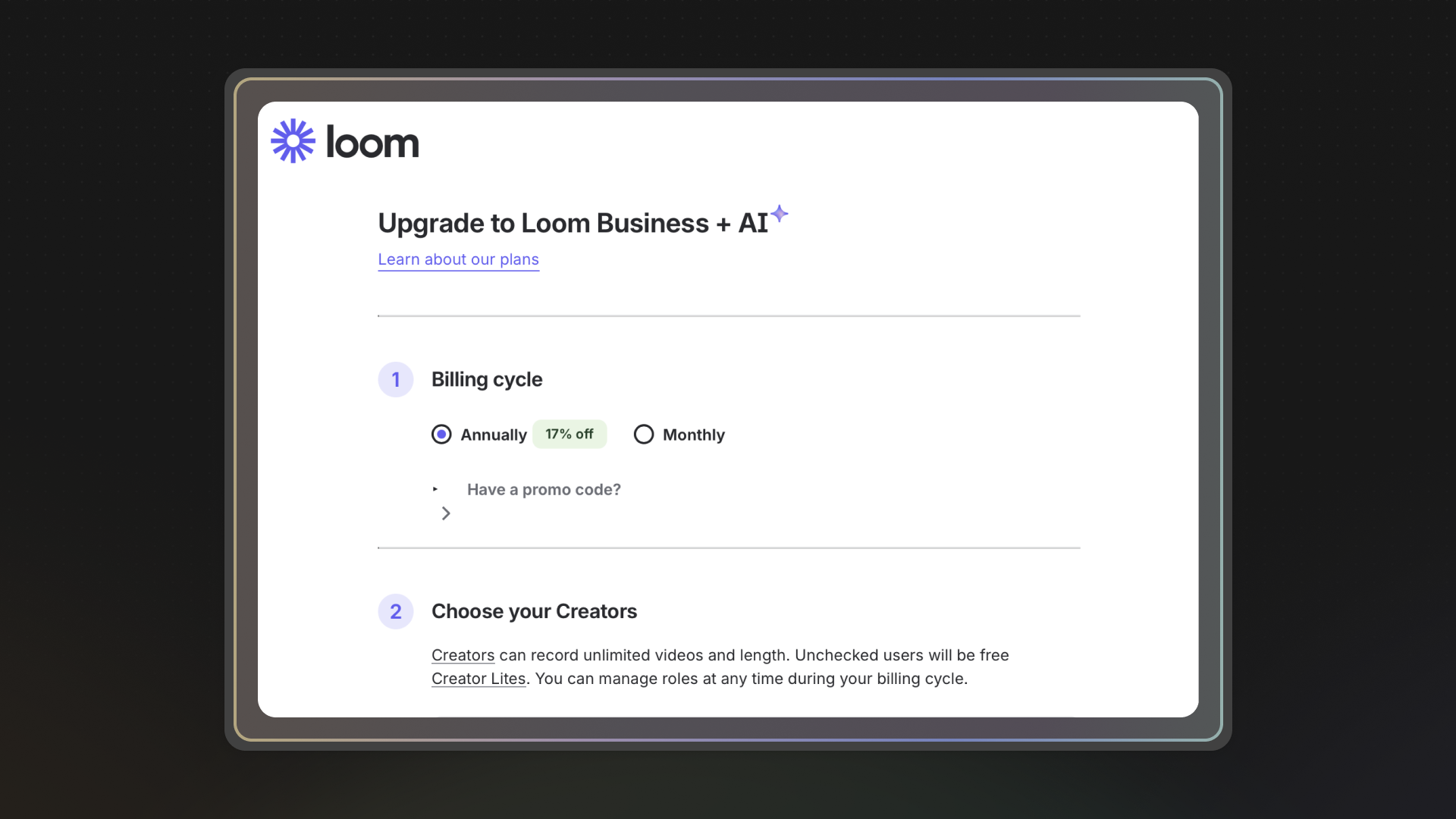
- Spot team-wide adoption: When multiple users across departments start collaborating, Unify can alert reps it is time to pitch enterprise. Figma could use this pattern to know when a free plan has expanded into multi-team usage.
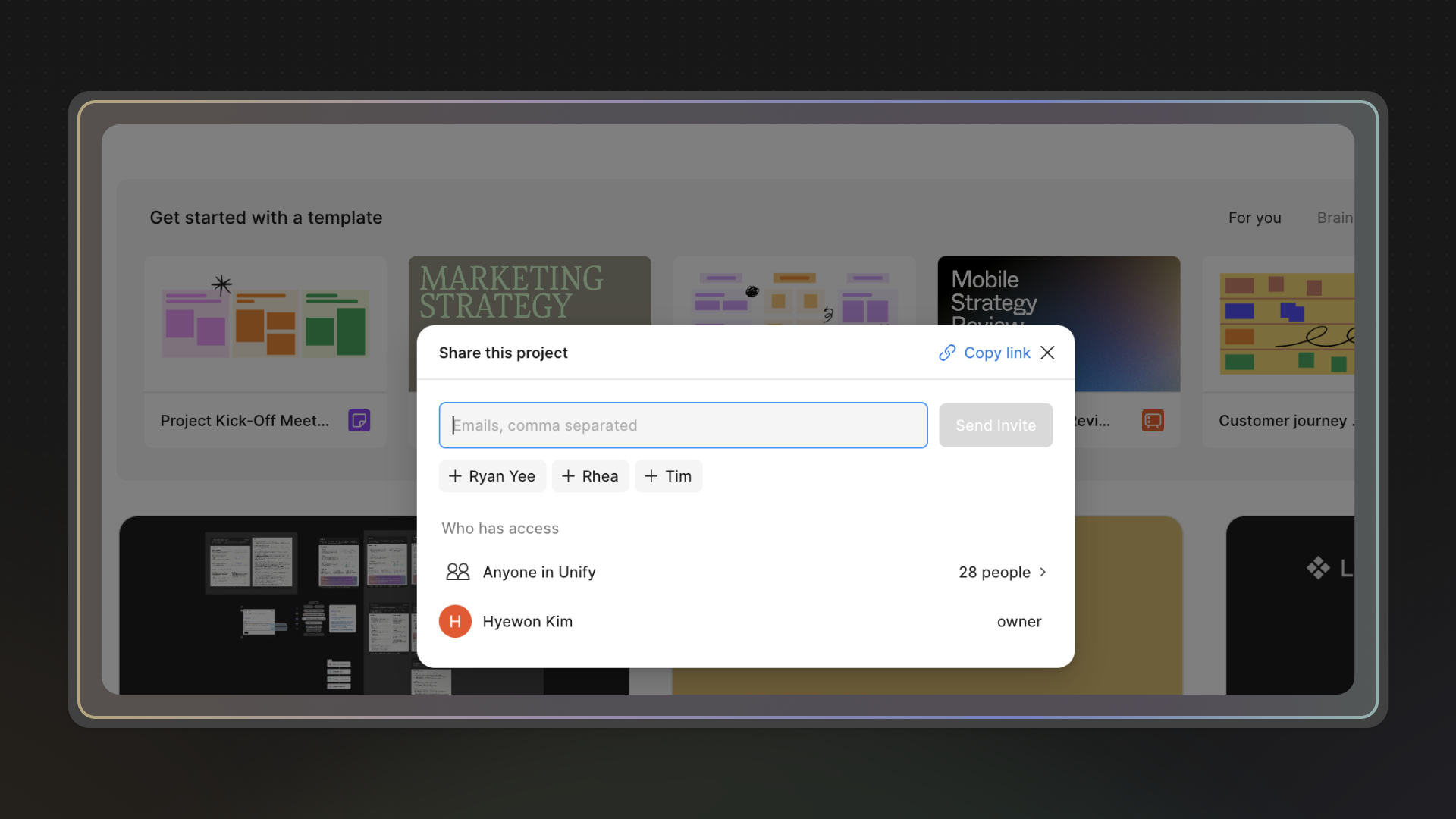
All of this enables better actioning downstream from your marketing and sales team with informed outbound. With Unify’s new Product Usage signals, PLG teams can:
- Trigger Plays automatically when high-value events occur
- See activity feeds enriched with product usage, signups, and engagement history
- Build audiences by layering product intent data with dozens of other signals including CRM and marketing data
This means reps get sharper context, growth teams scale with automation, and leaders see enterprise pipeline grow alongside adoption.
The Future of PLG: One Roof for Signals & Action
While Unify now offers the full suite of Product Usage Signals, this launch is part of a broader vision to bring PLG companies every signal and workflow into one connected system.
In addition to Product Usage signals, we’ve added other new capabilities for PLG:
- Real-time notifications: Stay in the loop on replies and tasks the instant they happen so sellers never miss a signal.
- Data warehouse integrations (coming soon): Connect Unify with Hightouch or Census to pull in key data from your warehouse, such as customer segments or lifecycle stages, giving every team a richer view of intent.
This sets us up for what’s next: the full Unify API. Teams will be able to send any data from any system into Unify, bringing together success notes, customer calls, proprietary data, and more to get the complete picture of intent.
Together, these capabilities power Signal-Led Growth:
- Reps get context to know exactly when an account is ready to convert
- Growth teams get scale through agentic workflows triggered by customer behavior
- Leaders get durability as enterprise pipeline grows in parallel with adoption
Companies like Perplexity and Cursor have already proven this model, scaling adoption while closing enterprise revenue early. With Unify, every PLG company can now do the same.
"We power nearly 100% of our outbound motion with Unify. For a product-led business, it's a revolutionary way to do warm outbound and infinitely more scalable than managing a large SDR team."
- Giancarlo Gialle, VP of Sales and Success, OpenPhone
From Product-Led to Signal-Led
Being able to action on all signals under one roof will be the most critical growth lever going forward for PLG companies and their GTM teams. The companies that do this well will move:
- From raw adoption to captured intent
- From fragmented signals to unified action
- From lost pipeline to durable enterprise growth
Unify is building the system of action for PLG companies, and product usage signals are a key part of this.
If you’re an existing Unify customers, sign up here for beta access.
If you’re not an existing Unify customer, you can get a demo here.


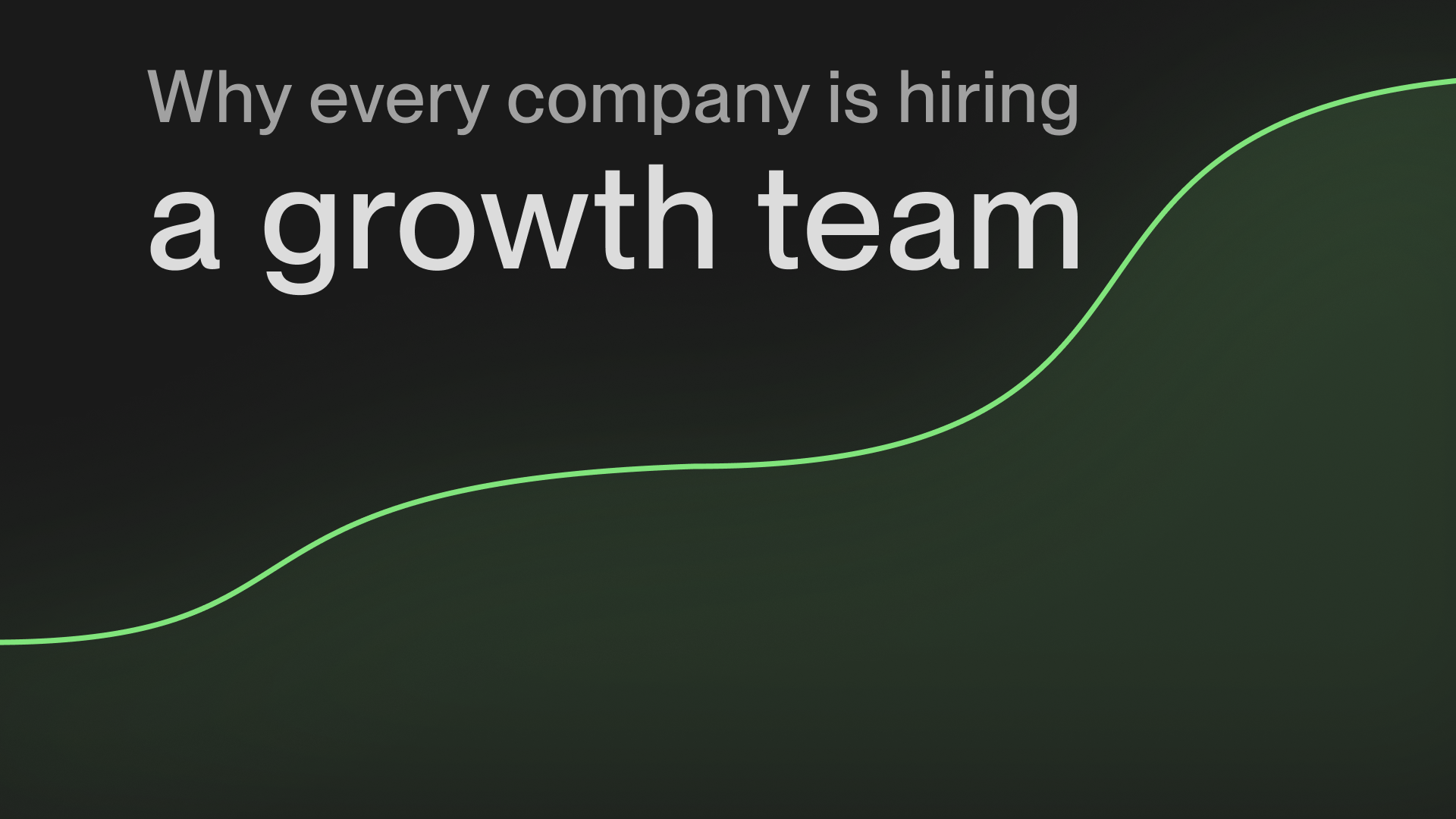



.avif)

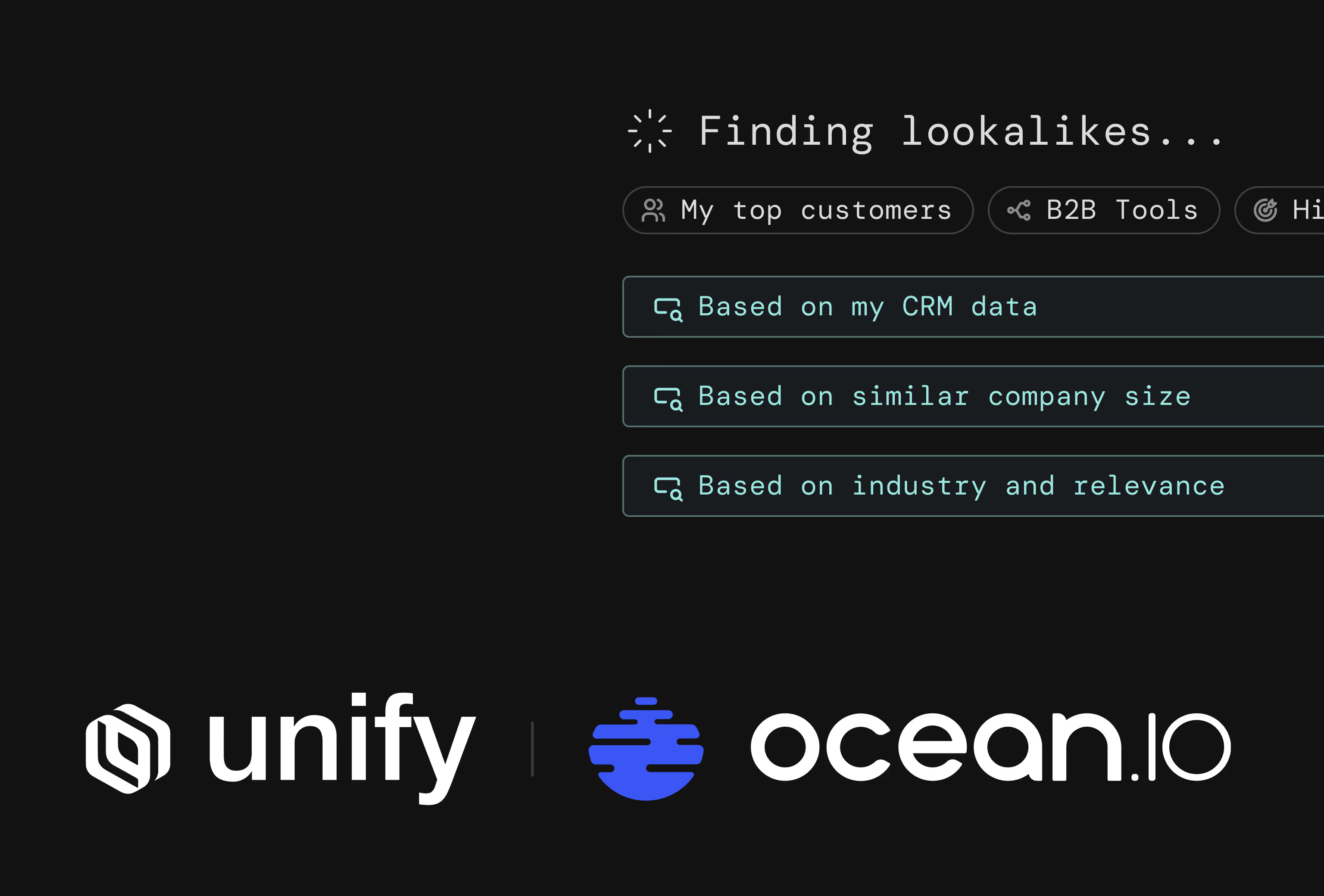
.avif)
